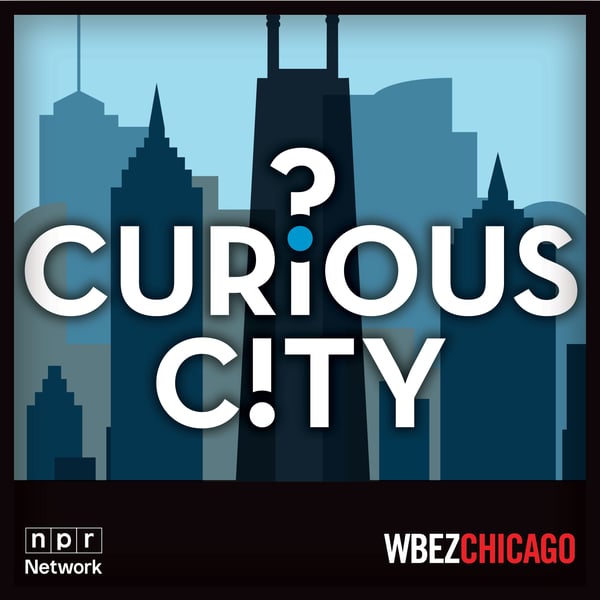Why Are There So Many Music Venues In Uptown?
Curious City
WBEZ Chicago
4.8 • 642 Ratings
🗓️ 5 July 2020
⏱️ 9 minutes
🧾️ Download transcript
Summary
A rising population, developing landscape and evolving entertainment all helped form a need for the Chicago music venues we know today.
Transcript
Click on a timestamp to play from that location
| 0:00.0 | Chicago's Uptown neighborhood has long been famous for its historic music venues, like the Riviera, the Green Mill, and the Aragon. |
| 0:12.0 | Take a walk through Uptown, and you'll find yourself stepping into the nightlife of a distant past, a world of cabarets, movie palaces, and ballrooms. |
| 0:22.2 | It's a little strange, if you think about it, why were all these built here so far from |
| 0:27.1 | the city center? |
| 0:28.6 | Which is exactly what uptown resident Karen Kinderman started wondering. |
| 0:33.2 | It was just interesting to me to think about having so many theaters all in one place and thinking |
| 0:40.0 | about the vibrancy of having such a place for artists and people to gather. So she asked |
| 0:47.5 | Curiosity, why is there such a concentration of theaters in Uptown? And how did it all begin? |
| 0:53.5 | I'm reporter Robert Lauselle. |
| 0:55.3 | In investigating Karen's question, I discovered the answer has a lot to do with the kinds |
| 0:59.8 | of entertainment that were popular a hundred years ago. |
| 1:02.8 | But it's also a story about the forces that shape the neighborhood itself, not just those |
| 1:07.7 | venues, a history stretching all the way back to the 1800s. Back then, the area we now |
| 1:14.4 | call Uptown was just countryside. And the biggest local attraction in those days, cemeteries. In that era, |
| 1:22.5 | it was common for Chicagoans to picnic or take walks in cemeteries like Graceland. And when people trekked out from the city |
| 1:28.8 | to bury a loved one, they stopped for drinks at nearby saloons. You go see your dead relatives |
| 1:34.5 | in the cemetery and then you go have something to eat and go to the tavern, you know. That's Dave |
| 1:39.7 | Jamillo, who owns the Green Mill. His jazz club sits in the same spot where one of those first |
| 1:45.4 | cemetery wayside was located. When that saloon opened in the 1890s, it was surrounded by farms |
| 1:51.2 | and vacant lots. But that began to change in 1900 when the first elevated trains connected |
| 1:57.1 | this countryside area with the loop. As historian Angela Schleader explains, that sparked a population boom. |
| 2:04.4 | What happened was Wilson Avenue became sort of a center for shopping and restaurants and things, |
... |
Please login to see the full transcript.
Disclaimer: The podcast and artwork embedded on this page are from WBEZ Chicago, and are the property of its owner and not affiliated with or endorsed by Tapesearch.
Generated transcripts are the property of WBEZ Chicago and are distributed freely under the Fair Use doctrine. Transcripts generated by Tapesearch are not guaranteed to be accurate.
Copyright © Tapesearch 2025.

